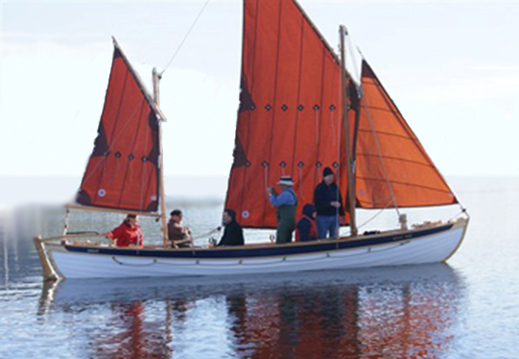
A spokesman for the Investigative Committee, a special branch of the General Prosecutor’s office, said yesterday, after the news of the rescue had reached Moscow, that the surviving pirates would be taken to Russia and charged under the piracy article of the Russian Criminal Code — Part 3, Article 227. He and Russian Navy spokesmen then modified their announcement, indicating that Russian ministry officials were debating what to do with the pirates.
Complicating the issue, apparently, was lack of public certainty of the position at sea of the Moscow University when it was attacked, and when the rescue by marines of the Marshal Shaposhnikov was effected. Most reports place both vessels in international waters more than 200 nautical miles off the coasts of both Yemen and Somalia. In these waters, Russia has the legal right to take jurisdiction over acts of piracy committed against its citizens, companies, cargoes, or vessels. The 23-man crew was Russian, as is Novoship, their employer and owner of the tanker. The vessel itself is registered in Liberia, and the cargo is of Sudanese crude oil belonging to a Chinese purchaser.
“We are all aware of this evil and cannot agree on how to fight it,” President Dmitri Medvedev told the Defense Minister Anatoly Serdyukov. “We will have to act as our forefathers did when they met pirates. Of course, we will fight pirates with the full force of the naval law.”
On Thursday evening, a source at the Ministry of Defense in Moscow announced that “”unfortunately, the current legal rules for the prosecution of pirates operating in Somalia, did not exist, and thus they [the arrestees] do not fall under the jurisdiction of any state and international law.” On Friday morning, Colonel Alexei Kuznetsov, head of press at the Defense Ministry, announced the pirate release was required “due to the imperfection of the international legal framework”.
There was another legal problem for the Russian prosecution of piracy. This was that there were no witnesses to substantiate the identities and individual actions of the boarders. During the pirate attack, the Russian crew had secured themselves in their safe-room, turned off power and engines, leaving the vessel adrift and in the dark. They were safe from being taken hostage, and that made it easier for the counter-attack to succeed swiftly and without casualties on the Russian side. But the crew are not in a position to testify against the alleged pirates. The rescue was effected, also in the dark, by Russian marines shooting first and asking questions later. The Somali survivors have reportedly claimed they weren’t pirates, but had been hostages of the real pirates. They probably pointed to the deadman as the culprit.
In June of last year, the chief Russian prosecutor in charge of the piracy problem, Alexander Zvyagintsev, acknowledged the practical doubt and legal ambiguity that were restricting what Russian civilian bodies might do with arrested pirates. The law clearly allows Russian military action against pirates. It is less clear what can be done if the pirates survive. According to Zvyagintsev, “the legislation of many states does not provide the possibility of prosecuting the criminal liability of foreign citizens and persons without citizenship for crimes of piracy committed out of the [territorial or juridictional] limits of these states, [and so] there is the issue of how implement criminal prosecution using the mechanisms of international law.”
Zvyagintsev said he was meeting with his counterpart prosecutors in the G8 group of countries to reconcile differences in the piracy statutes and coordinate criminal prosecutions. But nothing appears to have changed since Zvyagintsev spoke nine months ago: “The problem of what to do with the pirates who have been arrested,” he said then, “remains undecided for the majority of countries. That adds to the confidence of the pirates that they can go on acting with impunity.”
Note:The Russian Navy cast the Somali pirates adrift on what is reported to have been an inflatable dinghy. It has not been disclosed whether they were provided with motor, sails, or navigation equipment; nor how far off the Somali shore they were left. The picture above shows a replica of the 25-foot longboat in which British Navy Captain William Bligh sailed 4,000 nautical miles across the Pacific to the island of Timor, after being cast adrift at one of the Tongan islands by the mutineers of HMS Bounty in April 1789. Blight carried 17 men, oars and sails, octant, sextant, pocket watch, compass, 150lb of ships biscuits, 16 two pound pieces of Pork, 6 quarts of rum, 6 bottles of wine, 28 gallons of water – and no navigation charts. The re-enactment of Bligh’s voyage commenced from Tonga on April 29, 2010. It is sponsored by Talisker single malt scotch whisky, and appeals for donations to the Sheffield Institute for Motor Neurone Disease.











Leave a Reply